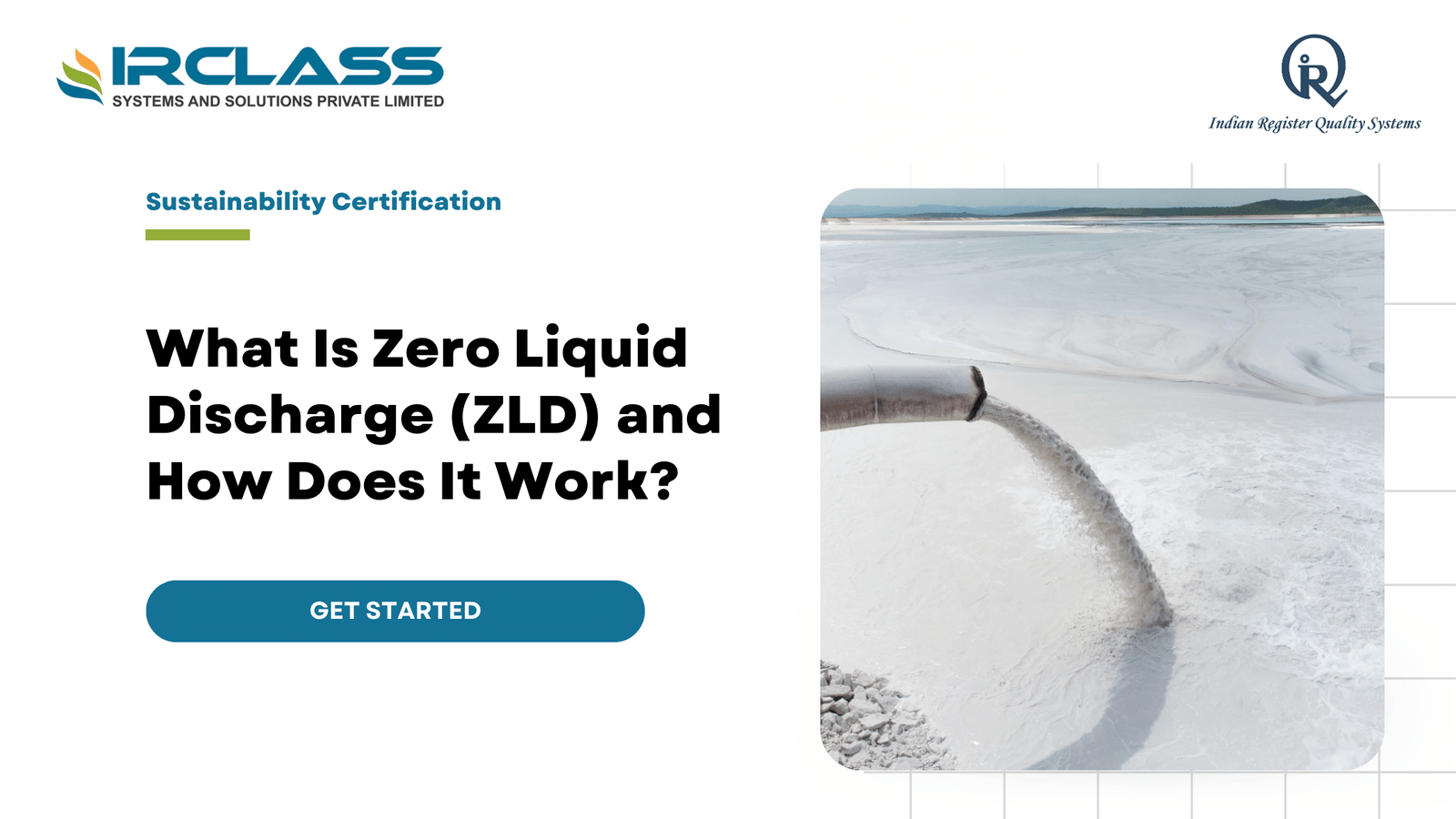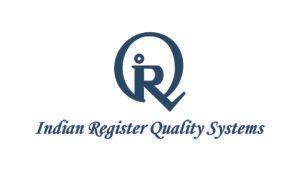Tag: Carbon Footprint Verification
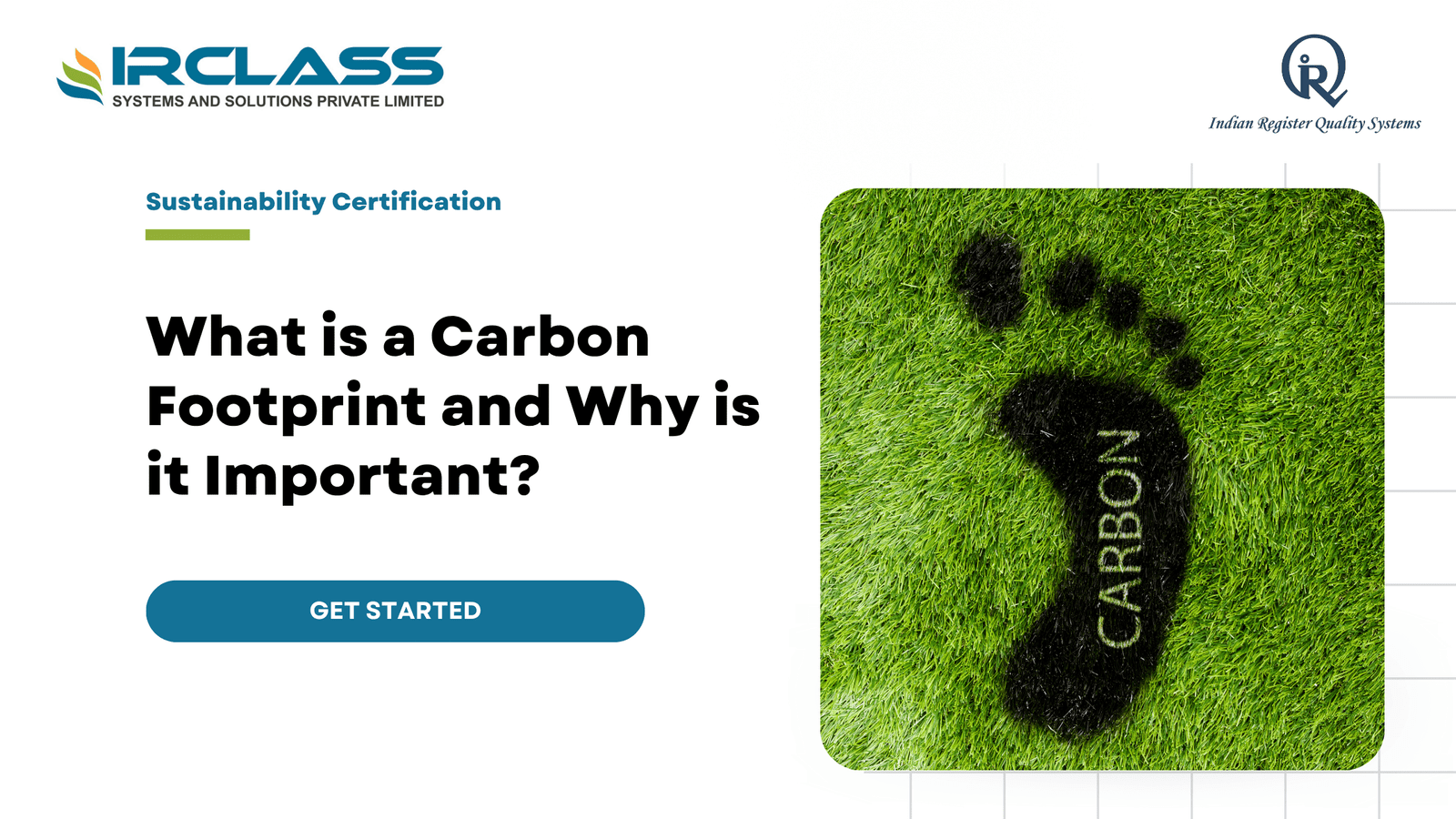
What Is Carbon Footprint Verification & Why It’s Critical for Your ESG Goals
Carbon footprint is not just a number. It’s a signal. It tells the world how your business interacts with the environment. And as ESG becomes a core part of how investors, customers, and regulators judge companies, that signal needs to be clear and credible. Carbon footprint verification is the process of checking that your emissions data is accurate, complete, and reliable. It’s how you show that your reporting is real, not just good intentions. Without it, your ESG strategy is just a story. With it, you’ve got proof. Why Carbon Footprint Matters in ESG ESG stands for Environmental, Social, and Governance. The “E” is often the hardest to measure—but also the most urgent. From climate regulations to investor pressure, environmental performance is under the spotlight. Carbon emissions are at the center of that conversation. If you can’t measure your carbon footprint, you can’t reduce it. And if you can’t prove what you’ve measured, no one will take it seriously. That’s where verification comes in. It’s Not Just About Saving the Planet—It’s About Staying in Business Governments are introducing stricter climate rules. Investors are screening for climate risk. Big corporations are auditing their supply chains for emissions. If you can’t show your numbers—or worse, if they’re wrong—you lose out. Carbon footprint verification helps you stay compliant, avoid greenwashing claims, and build trust. It’s not just good for the planet. It’s smart business. What Verification Actually Does Verification is not an internal review. It’s not based on assumptions. It’s a third-party check. Auditors look at your data, your process, and your calculations. They test it against international standards like ISO 14064 or the GHG Protocol. They don’t just ask “did you do it?” They ask “did you do it right?” Once verified, your carbon data becomes credible. You can use it in ESG reports, investor updates, sustainability claims, and supplier assessments. Why Verification Adds Real Value Anyone can publish an ESG report. But not all reports are created equal. Verified carbon data gives you a competitive edge. It shows stakeholders that you take sustainability seriously—and that your numbers are backed by real checks. It also helps you spot problems. During verification, issues often surface that might have been missed: incorrect assumptions, missing data, and wrong conversion factors. Fixing them early means better decisions and lower risk. Carbon Footprint Verification Supports Better Strategy When you know your real impact, you can make real plans. Verified data helps you set science-based targets. It lets you track progress over time. It helps you compare sites, teams, and suppliers. And it helps you talk about climate action with confidence. This is about more than optics. It’s about building a strategy that’s grounded in truth, not guesswork. Companies Are Being Held Accountable Carbon claims are under pressure. Consumers are asking for proof. Regulators are cracking down on false sustainability messages. Investors are running climate stress tests. If your carbon data isn’t verified, you’re exposed. There’s a growing expectation: show your math. If you say you’ve cut emissions by 20%, stakeholders want to know how you calculated it. Verified data removes doubt. What Gets Verified? A proper carbon footprint verification looks at: Every step is checked. If something doesn’t add up, it gets flagged. That’s how you move from estimates to accuracy. Carbon Verification Builds Market Confidence Today, ESG scores affect your brand, your funding, and your partnerships. A strong carbon verification can lift your ESG rating. It can make ESG data providers take you seriously. It can give banks and investors more comfort when evaluating risk. It’s also becoming part of procurement. Large buyers are now requiring emissions data from their suppliers. Verified numbers get you in the door faster. It’s Cheaper to Get It Right the First Time Unverified data might seem faster. But mistakes are expensive. Fixing a flawed report, responding to scrutiny, or correcting the record later costs time and trust. Verification saves you from that. Think of it like an audit for your emissions. It gives you confidence that what you’re reporting is real. And it lets others trust you without second-guessing. Verification Is a Step Toward Net Zero Many companies have set net-zero targets. That’s great. But targets without credible measurement are just promises. You can’t manage what you can’t measure—and you can’t prove what you haven’t verified. Carbon footprint verification isn’t just a checkbox. It’s the foundation. Once your emissions data is solid, you can build real reduction plans, track real outcomes, and show real progress. The Push Is Coming from All Sides The pressure to verify is growing: This isn’t a future problem. It’s happening now. Businesses that move first get ahead. The rest get left behind. Don’t Wait for Regulation It’s easier to start when the choice is yours. Waiting for mandatory rules means rushing under pressure. It means higher costs, more mistakes, and more stress. Voluntary carbon footprint verification puts you in control. You set the pace. You choose the scope. And you’re ready when regulation comes. You Don’t Need to Have Everything Perfect You can start small. Pick one site, one product line, or one business unit. Verify that. Build your approach over time. What matters is that you start. Verification is not about being flawless. It’s about being transparent, consistent, and committed. Conclusion Carbon footprint verification is no longer just a best practice. It’s a business need. It strengthens your ESG reports, protects your brand, and positions you for the future. The companies that take this seriously today will be the ones leading tomorrow. If you’re ready to verify your carbon footprint, work with a partner who knows how to do it right. IRQS brings experience, credibility, and a clear process. They help you move from estimates to evidence, so you can build trust where it counts.

ISO 14064: Greenhouse Gas Emission Validation and Verification
Sustainability is no longer just a buzzword, it is a must have business imperative given that all forces impacting our lives are rapidly changing. One of the most pressing challenges organizations today are facing is cutting greenhouse gas (GHG) emissions in order to slow the impacts of climate change. ISO 14064 is where it comes in. ISO 14064 is an internationally recognized standard adopted by the International Organisation for Standardization (ISO), with its principle and requirements defined for quantified, reported and verified GHG emissions. This offers a total framework for organizations bent on accelerating the process of confirming their environmental impact and guaranteeing sustainability. ISO 14064 is divided into three parts: In Part 1 GHG emissions and removals are addressed at the organization level, Part 2 relates to GHG projects at the project level, and Part 3 for validation and verification of GHG assertions. People need this part 3 for their businesses because it provides a step by step process to assure that their GGH data and claims are accurate and true under the very regulatory environment we work within today. What is Greenhouse Gas Validation and Verification? Validation and verification are two separate activities, but closely interlinked ones, which are critical to the accuracy of greenhouse gas (GHG) emissions data. Greenhouse Gas Validation is the task of determining whether a GHG project or initiative is appropriate to go ahead with. It allows the project emissions reductions or removals to be realistic and possible. Second, Greenhouse Gas Verification is post implementation, as an independent body reviews and verifies reported GHG emissions or reductions. This is a critical step because it confirms that the organization’s claimed or expected performance lines up with the real performance. These processes are not merely checking off the regulatory box; they guarantee transparency, reliability and accountability in how organizations communicate their environmental footprint. In order to minimize risk of greenwashing (the act of exaggerating or lying about your environmental efforts) and heighten stakeholder trust, proper validation and verification is important. It allows companies to demonstrate credible, verifiable GHG performance. Why ISO 14064 Matters? Relevance of ISO 14064 goes beyond environmental protection. As we become increasingly aware of the damaging impact of climate change across the globe, more and more businesses, governments and organizations are under scrutiny to act with responsibility. ISO 14064 is a structured, auditable process that helps companies show that it is serious about improving environmental performance and reducing its carbon footprint. Although ISO 14064 is a technical standard, it is also a tool for achieving the competitive advantage. More and more, investors, consumers and regulatory bodies are turning towards companies who prioritize sustainability. ISO 14064 indicates an organization’s commitment to transparency and shows that the organization wants to take steps to increase long-term sustainability and will take measures to enhance its reputation. Additionally, ISO 14064 can play a vital role to applicable companies aspiring to join the carbon trading markets or take advantage of the relevant tax incentives related to emission reductions. Steps in GHG Validation and Verification GHG validation and verification under ISO 14064 is a rigorous and systematic process, requiring robust and credible GHG data. The steps involved typically include the following: This first step was the definition of the boundaries that measure the GHG emissions. For an emissions audit it involves what sources of emissions to consider, direct emissions (or from owned or controlled sources) and indirect emissions (from purchased energy or goods or services). A clear scope defines which areas you’re looking into and how extensively you should assess them. In this phase organizations collect GHG data, such as emissions from different sources, energy consumption and relevant metrics. ISO 14064 serves as a roadmap for how these emissions can be calculated and recorded in a consistent, and transparent way. Reliable results are only guaranteed if the data has been collected accurately. Organizations are validated before any verification can take place. The organization’s plan and data collection methodology are assessed by independent experts to see if they are faithful with ISO 14064’s standards. This also means that the GHG emissions claims are plausible and achievable. An independent third party during the verification process audits the collected data. They look at the organization’s calculations of emissions, their data sources and the monitoring systems that ensure accuracy. Verification body then issues a report containing its findings of any discrepancy and then whether the organization’s GHG emissions are in alignment with the reported data. Upon verification, the organization can compile a final report outlining its GHG emissions performance, verified by ISO 14064. This report can be used for internal review, regulatory filing or public disclosure. Each of these processes need to happen for a GHG emissions strategy to be effective and transparent. This structured approach should be followed without which the risk of the wrong emissions reporting increases and credibility also reduces. How Organisations Benefit from ISO 14064 Compliance? Complying with ISO 14064 isn’t only about fulfilling a regulatory requirement. If they adhere to this standard, it will help organizations enhance operational effectiveness overall, minimize use of energy and therefore decrease operation costs. Tracking and reporting of GHG emissions enable businesses to spot inefficiencies in their processes and to act accordingly. Furthermore, ISO 14064 compliance contributes to reducing an organization’s environmental footprint. Today, consumers and investors alike are choosing more wisely, with many times favoring brands and businesses to be living up to the sustainability or the sense of sustainability. Publicly verifiable GHG emissions and reductions also build a company’s trust and loyalty with stakeholders. It also enables them to access global carbon markets. These markets trade carbon credits, which give businesses financial incentive to successfully cut their carbon emissions. Carbon trading can not only improve a company’s bottom line, it can also advance a broader effort to curb climate change. Finally, compliance limits the risk associated with future environmental regulations. A growing trend to be ISO 14064 compliant enables companies already following the standards to better fulfil governments’ climate policies and
Search
Useful Links
Recent Posts
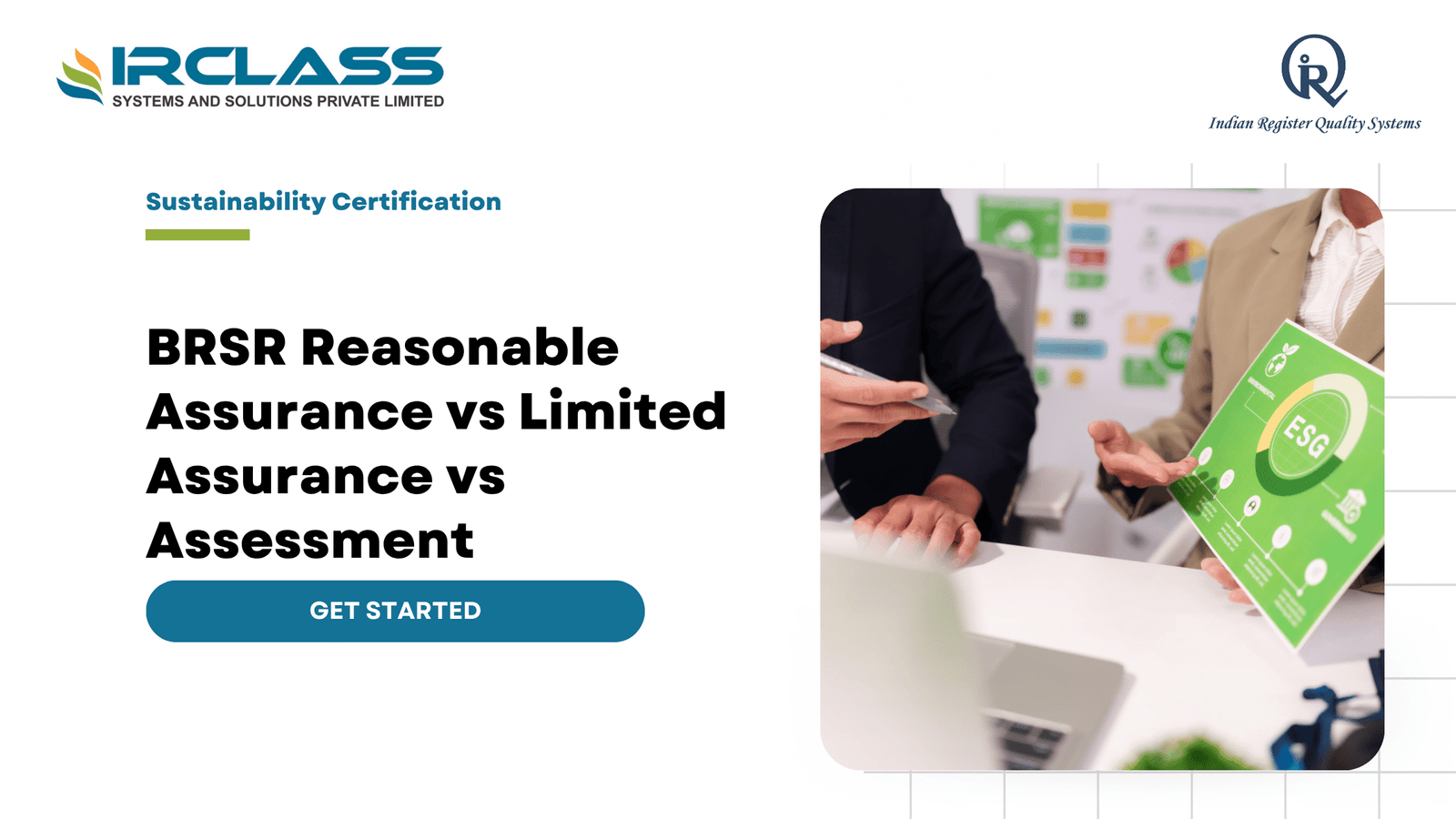
BRSR Reasonable Assurance vs Limited Assurance vs Assessment
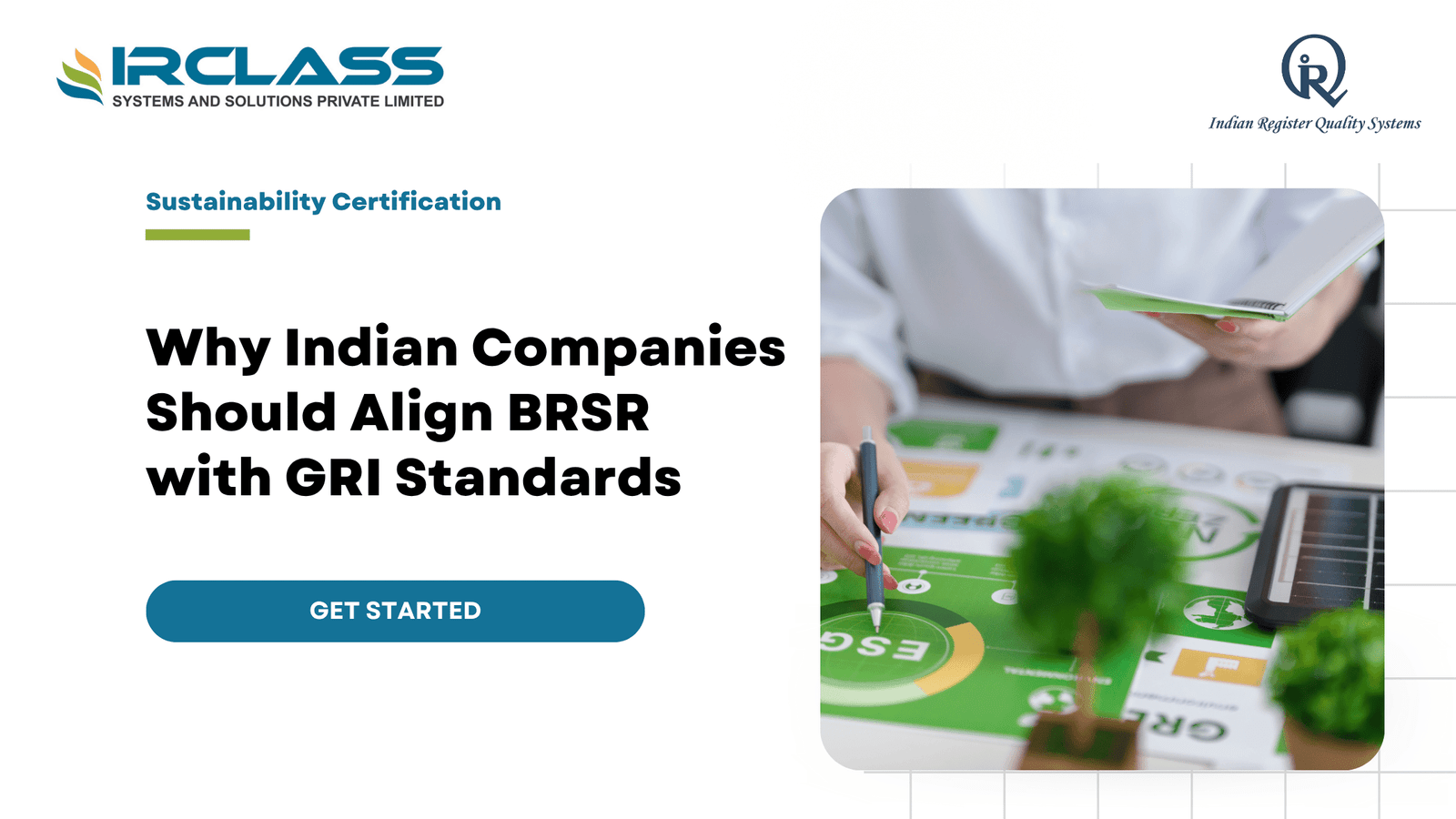
GRI Reporting and SEBI’s BRSR: Building Credible ESG Reports for Indian Companies
